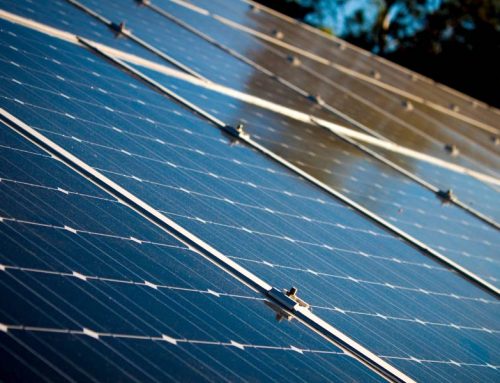In an era marked by climate change and growing energy demands, the need for resilient and sustainable energy solutions has never been more pressing. Microgrids are emerging as a promising solution, offering communities greater control over their energy supply while reducing reliance on traditional grid infrastructure. In this blog post, we’ll explore how sustainable microgrid solutions are empowering communities to take charge of their energy future.
Understanding Microgrids
Microgrids are localized energy systems that can operate independently or in conjunction with the main power grid. Comprising a network of distributed energy resources, such as solar panels, wind turbines, batteries, and generators, microgrids provide communities with a reliable and resilient source of electricity. By integrating renewable energy sources and energy storage technologies, microgrids offer a sustainable alternative to traditional centralized power generation.
Resilience in the Face of Disasters
One of the primary benefits of microgrids is their ability to enhance energy resilience, particularly in the face of natural disasters and grid outages. During extreme weather events or other emergencies, microgrids can continue to supply power to critical facilities such as hospitals, emergency shelters, and communication networks, ensuring that essential services remain operational when they are needed most. This resilience is vital for communities vulnerable to frequent power disruptions and can help mitigate the impacts of climate-related disasters.
Community Empowerment
Sustainable microgrid solutions empower communities by giving them greater control over their energy supply and consumption. By generating electricity locally and optimizing energy usage through smart technologies, communities can reduce their dependence on centralized utilities and mitigate the risks associated with grid outages and price fluctuations. Moreover, microgrids provide opportunities for local job creation, economic development, and investment in renewable energy infrastructure, fostering community resilience and self-sufficiency.
Environmental Sustainability
In addition to enhancing energy resilience, microgrids contribute to environmental sustainability by promoting the use of renewable energy sources and reducing greenhouse gas emissions. By integrating solar panels, wind turbines, and other clean energy technologies into their energy mix, communities can lower their carbon footprint and support efforts to combat climate change. Furthermore, energy storage systems enable microgrids to store excess renewable energy for use during periods of high demand or when renewable resources are unavailable, further optimizing energy efficiency and reducing reliance on fossil fuels.
Conclusion
Sustainable microgrid solutions represent a paradigm shift in the way we generate, distribute, and consume electricity. By empowering communities with resilient, localized energy systems, microgrids offer a pathway to a more sustainable and secure energy future. As we continue to face the challenges of climate change and energy insecurity, investing in microgrid technology can help communities build resilience, foster self-sufficiency, and reduce their environmental impact. Together, let’s harness the power of sustainable microgrid solutions to create a brighter, more resilient future for all.




